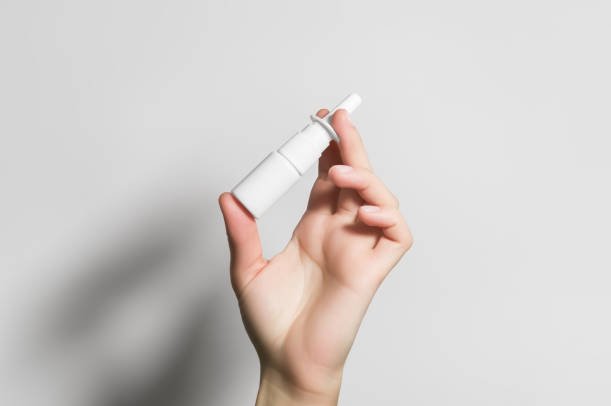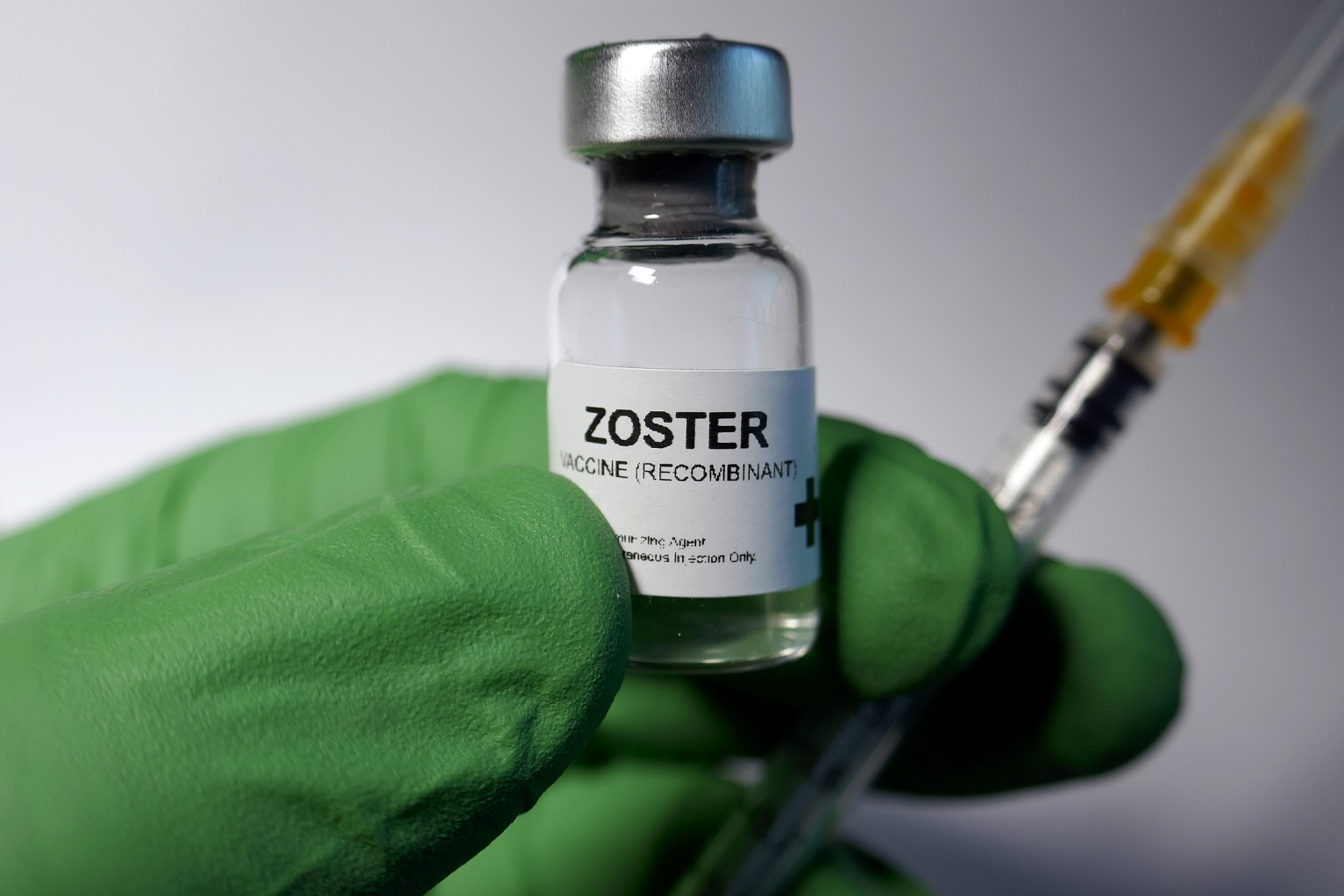In September 2024, the U.S. Food and Drug Administration (FDA) licensed the first of its kind live attenuated nasal spray influenza vaccine to be administered at home during the 2024-2025 “flu season.” Adults up to the 49 years of age are eligible to self-administer the FluMist Home vaccine or give it to their children aged two to 17 years old as long as they have a doctor’s prescription.1 The intranasal FluMist, which is manufactured by AstraZeneca plc, was licensed in 2003 for people ages five to 49 years old, but the license was modified in 2007 to include children as young as two years of age.2
Nasal FluMist Deemed Ineffective by CDC in the Past
In 2016, the nasal influenza vaccine briefly lost the recommendation of the U.S. Centers for Disease Control (CDC) due to evidence that it provided “poor or relatively lower effectiveness” compared to other inactivated injectable influenza vaccines. The CDC’s Advisory Committee on Immunization Practices (ACIP) had reviewed data from 2013 through 2016 and found that the FluMist Quadrivalent vaccine was merely three percent effective in preventing type A or B influenza in children.3
After AstraZeneca reformulated the vaccine in 2018, the live attenuated intranasal influenza vaccine was once again recommended by the CDC. However, the newer formulation has never been evaluated for effectiveness compared to other available influenza vaccines due to its limited use.4
The current Flu Mist contains live attenuated influenza A (H1N1) strains, which some experts say makes it equally effective as the injectable inactivated influenza vaccine.5 According to ACIP, vaccine efficacy for the injectable influenza vaccine was 32 to 60 percent for outpatients and 63 to 78 percent for inpatients in the pediatric population, and 34 to 54 percent for outpatients and 41 to 55 percent for inpatients in the adult population.6
FluMist Can Case Shedding and Transmission of Vaccine Strain Influenza Virus
Since FluMist uses a live weakened version of the influenza virus, immunocompromised individuals and pregnant women are not eligible for the new nasal vaccine that can be self-administered at home.7 Live virus vaccines can shed and transmit vaccine strain virus to other people. There have been reports in the medical literature of cases where the live virus FluMist caused shedding and transmission of vaccine strain influenza virus.8 A 2023 study in India showed that after one day of receiving a live attenuated influenza vaccine given intranasally, 71.2 percent of the recipients shed at least one of the influenza vaccine virus strains and 42.3 percent continued to shed virus on day four after vaccination.9
The ACIP meeting in April summarized the findings from the first year of the “do-it-yourself” influenza vaccine. Reportedly, the at home option has led to an increased uptake of the influenza vaccine by school-aged children. This uptake furthers the CDC’s Healthy People 2030 objective to make sure 70 percent of the population over the age of six months are getting an annual flu shot.10
Vaccine Has Easy to Follow Instructions
Adults and caregivers are provided instruction on how to administer the nasal spray influenza vaccine themselves. A human factor useability final study showed that the vaccine was used correctly and safely by adults and caregivers. The study looked at 30 at-home vaccine recipients and determined that all participants administered the nasal vaccine properly. If eligible, after a payment of about $5-10, the vaccine is shipped to the patient. Instructions inform the patient how to store the vaccine.11
Patients receive nasal FluMist Home after filling out a questionnaire by an on-line pharmacy, which determines patient eligibility. The questionnaire asks whether the patient has a serious/severe egg allergy, whether they are taking aspirin and whether anyone in the household has a severely compromised immune system. Text messages are sent to the patient to confirm vaccine administration. If the patient fails to reply, reminders continue to be sent.
If the patient responds that the vaccine has been administered, the on-line pharmacy reports patient information and vaccine data such as lot number to the Immunization Information System (IIS). Patients are provided with return shipping instructions that direct them to mail the used FluMist Home devices in the prepaid envelope for disposal by a medical waste company.12
ACIP Does Not Address Risks Associated with Home Vaccination
There are undeniably a number of risks associated with at-home vaccination. Patients must comply with all of the instructions, such as taking the vaccine within 12 hours of it being unrefrigerated and using it prior to the expiration date. The ACIP slides show that 100 percent of intended users were able to follow the instructions and use the vaccine properly. However, it appears that the study was limited to only 30 participants.13
In addition, there may be concerns that the vaccine is completely child proof and safe to have in a home with young children. Flu Mist is a live vaccine, therefore there is a risk of infecting other household members with vaccine strain influenza viruses through shedding. In addition, the ACIP meeting did not address how adverse events following self-administration of the nasal spray influenza vaccine would be reported to the federal Vaccine Adverse Event Reporting System (VAERS) after at-home vaccination.
If you would like to receive an e-mail notice of the most recent articles published in The Vaccine Reaction each week, click here.
Click here to view References:1 McPhillips D. FDA approves first flu vaccine that can be self-administered at home. CNN Sept. 20, 2024.
2 Contagion Editorial Team. FDA Approved: First Influenza Vaccine That Can Be Self-Administered. Contagion Live Sept. 20, 2024.
3 TVR Staff. FluMist Nasal Spray Vaccine Doesn’t Work Says CDC Advisory Committee. The Vaccine Reaction July 6, 2016.
4 Tin A. FDA approves first self-administered flu vaccine spray. CBS News Sept. 20, 2024.
5 Miller K. FDA Approves First Nasal Spray Flu Vaccine You Can Give Yourself at Home. Verywell Health. Oct. 2025.
6 Frutos A. Interim Estimates of 2024-25 Seasonal Influenza Vaccine. Advisory Committee on Immunization Practices Apr. 15, 2025.
7 Tin A. FDA approves first self-administered flu vaccine spray. CBS News Sept. 20, 2024.
8 Mallory RM, Yi T, Ambrose CS. Shedding of Ann Arbor strain live attenuated influenza vaccine virus in children 6-59 months of age. Vaccine 2011; 29(26): 4322-7.
9 Dar L, Krishnan A, Kumar R et al. Nasal shedding of vaccine viruses after immunization with a Russian‐backbone live attenuated influenza vaccine in India. Influenza Other Respir Viruses June 2023; 17(6); e13149.
10 U.S. Department of health and Human Services. Healthy People 2030.
11 Bandell A. Flu Mist Self/Caregiver Administration An innovative Approach to Help Prevent Influenza. Advisory Committee on Immunization Practices Apr. 15, 2025.
12 Ibid.
13 Frutos A. Interim Estimates of 2024-25 Seasonal Influenza Vaccine. Advisory Committee on Immunization Practices Apr. 15, 2025.













11 Responses
They’re getting better at targeting the entry at risk, lol, but YOU ONLY NEED a tiny bit of BAKING SODA in PURIFIED WATER, by eyedropperful ONCE A DAY, in each nostril to slightly alkalize those target exposed tissue surfaces to the level of your normal skin and for that period of time the resulting alkalinity slows the invaders’ replication enough for your NATURAL IMMUNE RESOURCES to wipe the invaders out…
a 1% solution is 1/4tsp Baking Soda in a generous half-teacup of water, stored [with eyedropper too] in a small jar handy near your sleeping area, and bingo… Hasn’t failed since I started in the early 90s, so 32years and holding.. thanks for the basic concept [discarding the horrible netipot part] to Edgar Cayce and his holistic ideas… TTYL
Just like at the Cleveland Clinic where over 90% of the workers got a flu vaccine and overall they had an 28% increase in their chances of getting the flu. I see how it works. Show me the live virus and how they know that H1N1 virus is going to be dominant. That is a guess. Vaccination and virus are total nonsense as is the non-science of virology.
You’ll just have to trust them nobody mixed up the batches and put rnma tech in there.
The Cleveland Clinic study was really bogus (they used faulty PCR tests to show “infection” of flu virus without anyone actually getting the flu) but if it gets people to stop taking idiotic flu shots then that’s fine with me.
My son was injured by the Flumist 18 yrs ago. Migraines are what he has lived with ever since….
Damn! Finally! I’ll take a hundred doses for that extra protection! I’m going to be misting all day and kicking bottle after bottle after bottle into the bin. I wonder if it’s anything like the other nasal sprays and you can get kind of high. We’re going to find out.
It’s about darn time I got to be in control of my own medical treatment and administration.
Your tax dollars paid for the research to both bring this product to market and subsidize it’s cost. btw. I can’t think of a better use of financial resources than this. It’s a miracle in a bottle!
I have been waiting for this. . .a do it yourself mRNA delivery
Nothing like administering slow suicide.
My naturopath warned me in ’20, following an outline of the
alternative protocol to the jab, ‘IF you have any thought of
a flu shot, word is out that it will be laced with mRNA’
I have not had a flu shot in 8 years.
I use a homeopathic
product that hits it hard as soon as it hits
Years ago I used ONE tube of the pellets and within 1 hour
my fever and achiness began to subside
That would be no. “Let’s just make it easy in a mist instead of a syringe, and everyone will do it.” Nope.
Wow…great idea…what could POSSIBLY go wrong?!
Yeah…no…no thanks…I think I’ll trust the immune system that I was given by Gd along with a healthy dose of natural immune boosters like Vit. D from the sun.
Why only adults through 49 yrs old?
I was hatching a plan to “self administer” this Flumist so I wouldn’t have to wear a mask at work during flu season.
But I’m older than 49 yrs old.
Please make one of these gems for us older folks .
The nose is at the wrong end of the body. Let the vaccine moneymakers vaccinate themselves at the other end.